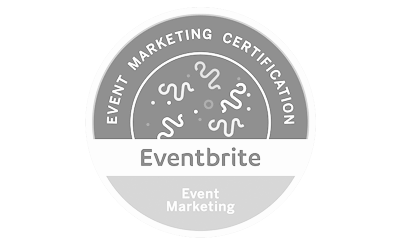
Many lawyers work to broaden their public exposure and community outreach by participating in CLEs, speaking on panels, and participating in other events. Lawyers can also obtain industry recognition by submitting articles for publication. While this may seem like a simple task, there a process should be followed—regardless of the publication—to ensure nothing is missed along the way.
Read and Reread Publication Requirements
It can be tempting to begin writing immediately when you have a topic in mind that you are passionate about; however, before you start, it is imperative to read the specific publication’s requirements for article submission.
Publications each have their own requirements for article submission, which can include word count, article topic, and formatting, among others. Many publications want an author to present a short biography and a headshot with an article submission as well. Some publications may not even accept submissions from outside sources at the present time or even at all, making your attempt a lost cause from the very beginning.
In the event the publication’s article requirements seem unclear to you the first time you read them, read them again or give the publication a quick call and ask any questions you may have regarding the submission process and what it entails. This way, there is complete transparency from the beginning and you’ll know exactly what their editing team is looking for.
Ensure Your Article Topic is Applicable
While some publications distinctly describe article topics they want to see in submissions, others will not. If it’s the latter, don’t panic.
What you’ll want to do is take a bit of time reviewing the publication’s website in its entirety to ensure you know as much as possible about it. Then, take a look at previous published articles to see what has been approved before. Just as when you’re submitting an article to a medical journal, you know to keep your submissions tailored towards the healthcare industry, if you’re submitting an article to the American Bar Association Journal, make sure the topic you select is relevant to the legal industry.
Have Someone Review Your Article Before Submission
Once you’ve read and understood the requirements for submitting your article, you’ve chosen an appropriate topic, and you’ve written your piece, what do you do next?
Again, while it might be tempting to go ahead and submit your article, take the time to read and reread your submission several times prior to submission to ensure everything looks and sounds the way you want it to. Then have a peer or colleague review and edit it for you.
While this may seem like a waste of time, it isn’t. When we work on a project alone, it’s easy to think it looks great the way it is. This is exactly why it’s always a good idea to have a second set of eyes look over your work to catch any mistakes you may not have seen and/or to give you advice on the overall structure of your article to ensure you are submitting your very best work.
Submit Your Article
When you are finally ready to submit your article, you’ll want to go back and review the article submission process once more. Each publication has a designated point of contact for article submission or a submission portal where you can upload your work. You don’t want to spend hours researching and writing only to submit your article incorrectly because you failed to follow the publication’s designated protocol.
What Happens Next?
After you submit your article, it’s time to play the waiting game. Certain publications may get right back to you in a day or two and some can take weeks or months, depending on their submission load. Just be patient and follow up when appropriate.
While writing and submitting articles for your firm to outside publications may seem like a simple task, there are certain rules that must be followed to ensure no mistakes are made and nothing gets lost in the shuffle along the way.
At Stacey E. Burke, P.C. we work to provide our law firm clients with the help they need with business development, including submissions for publication. Contact us today for more information on how your law firm can get started!














Leave a Comment